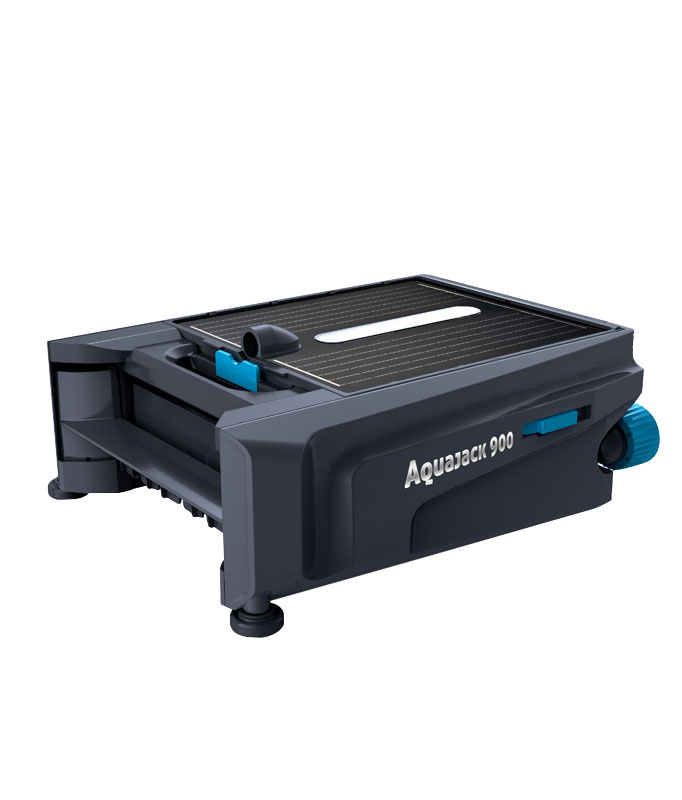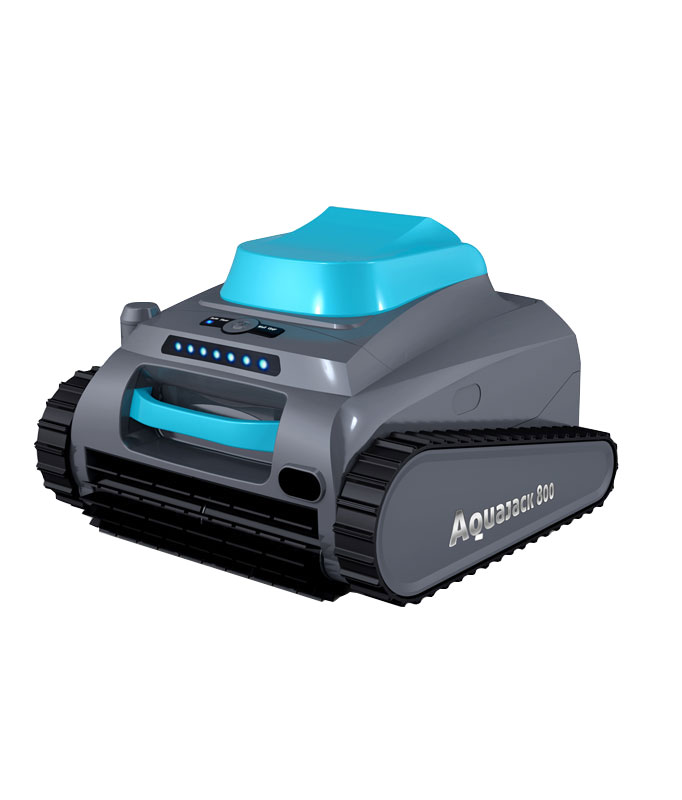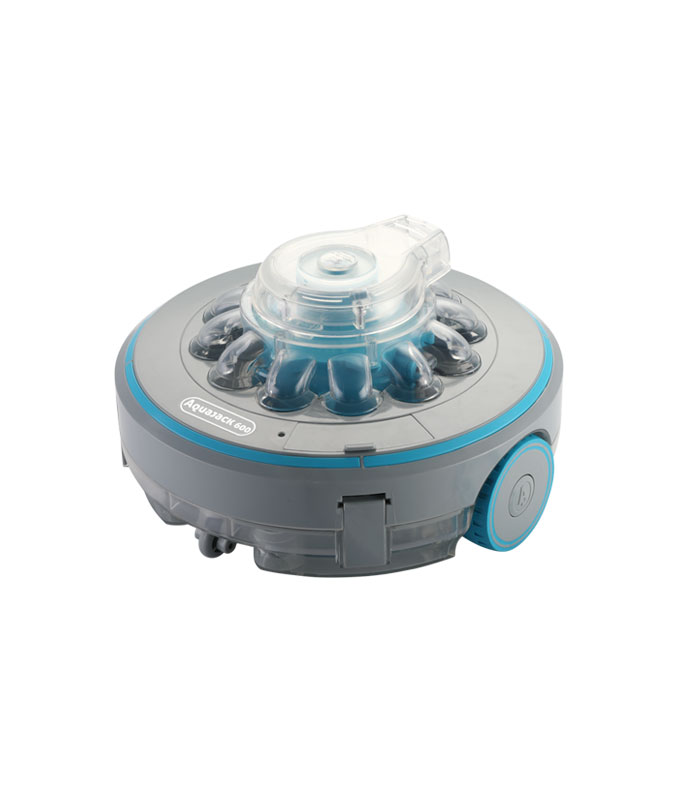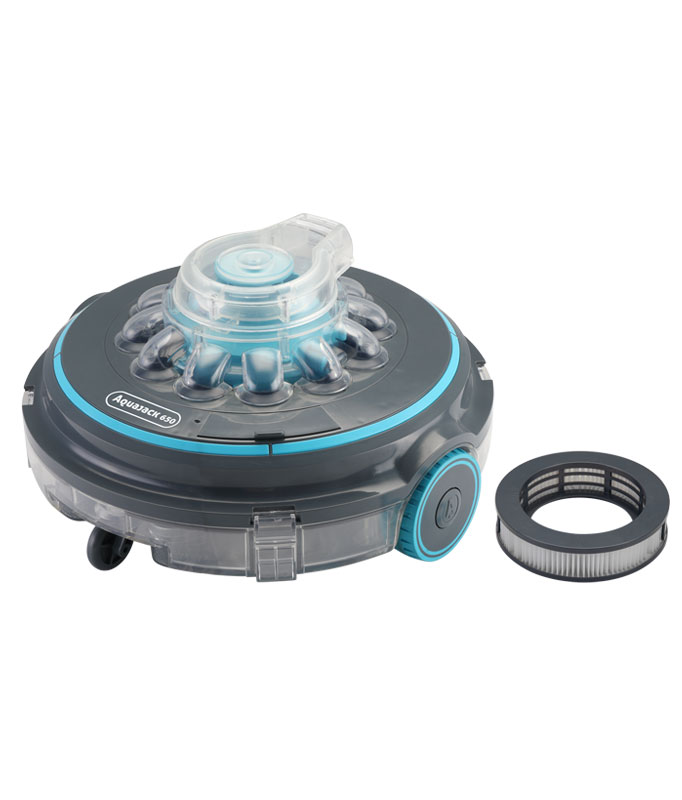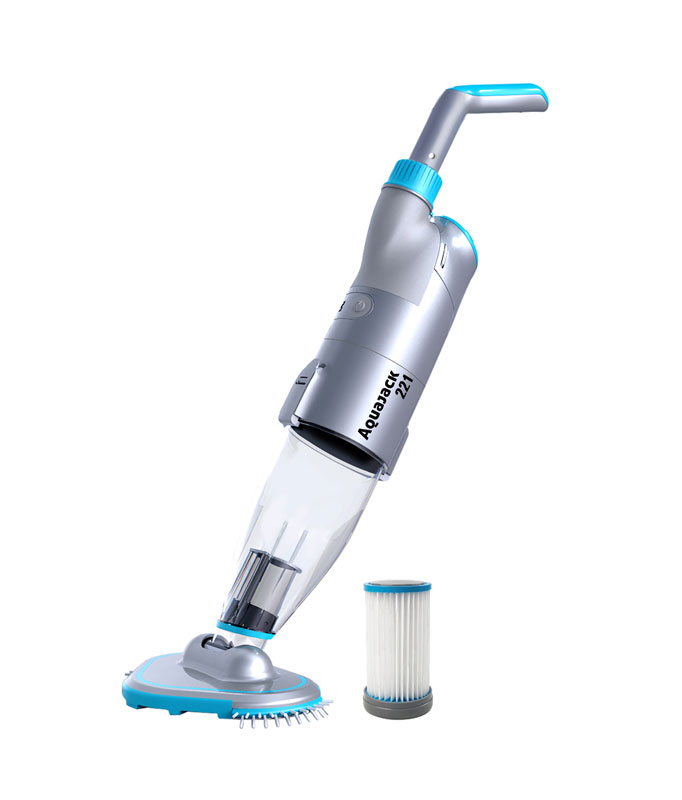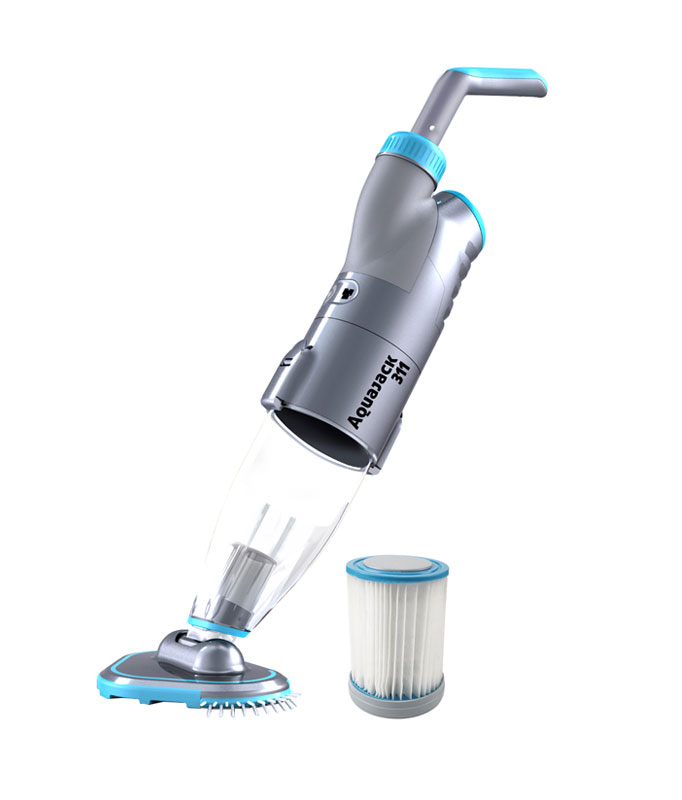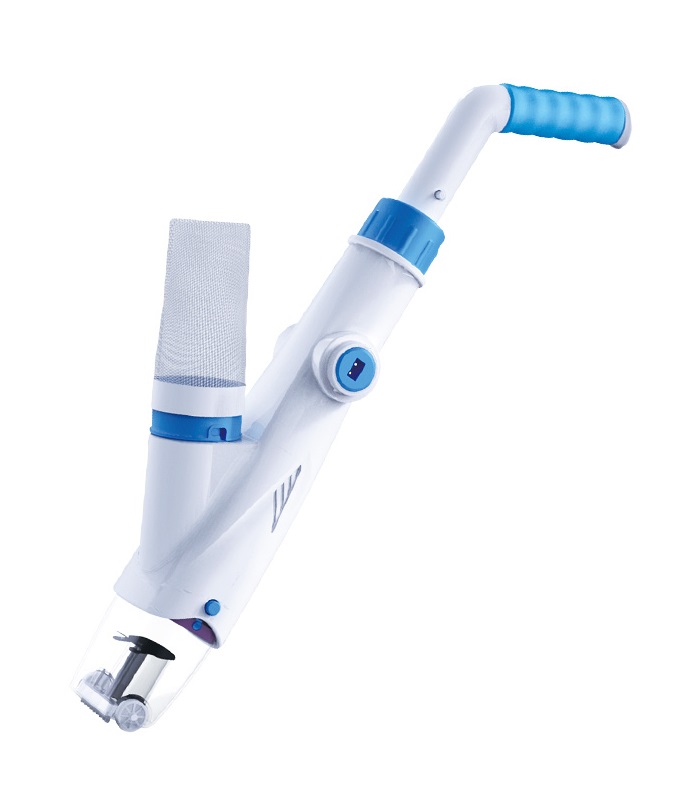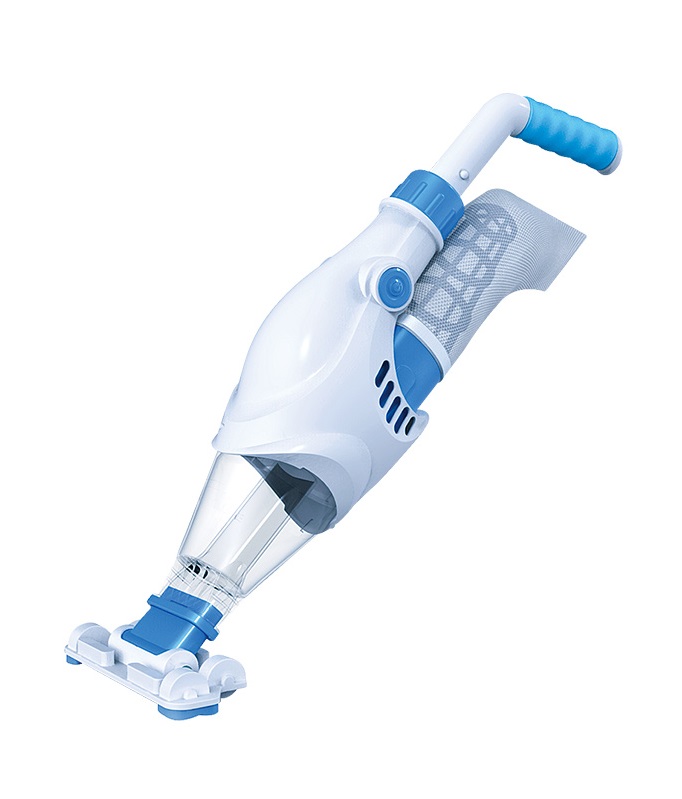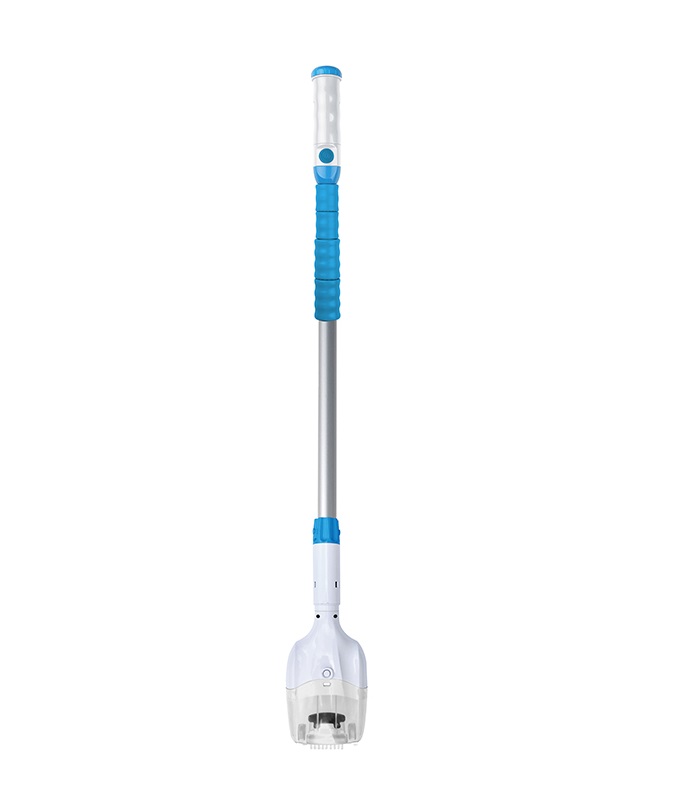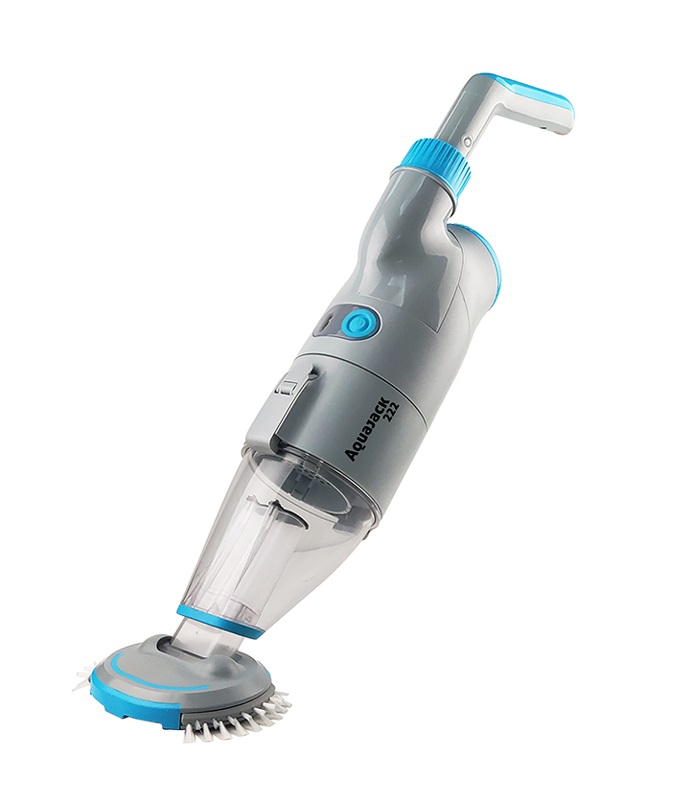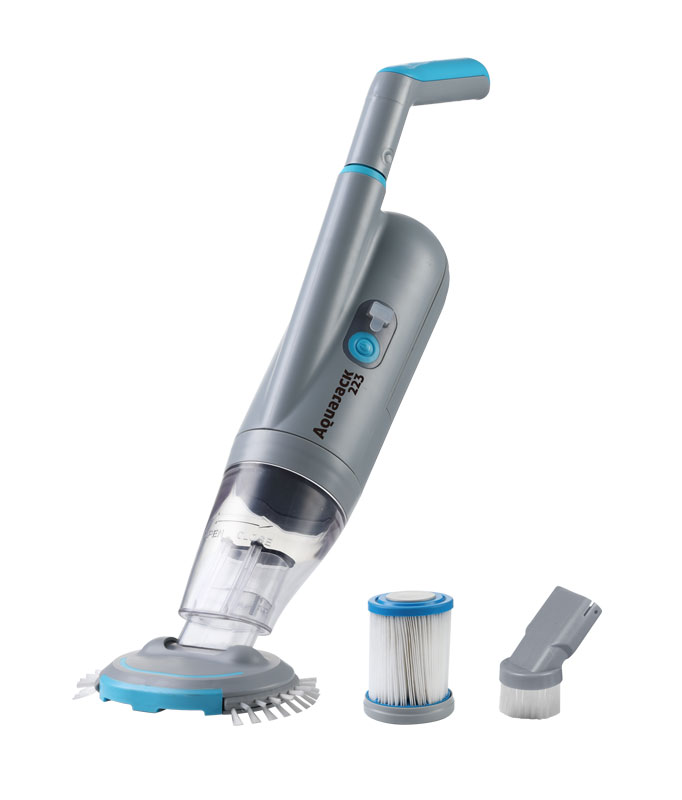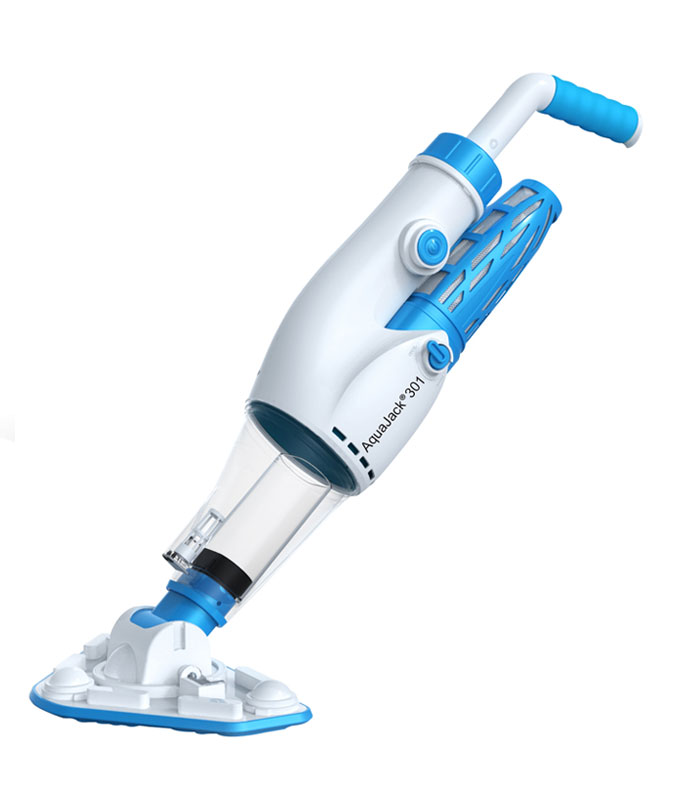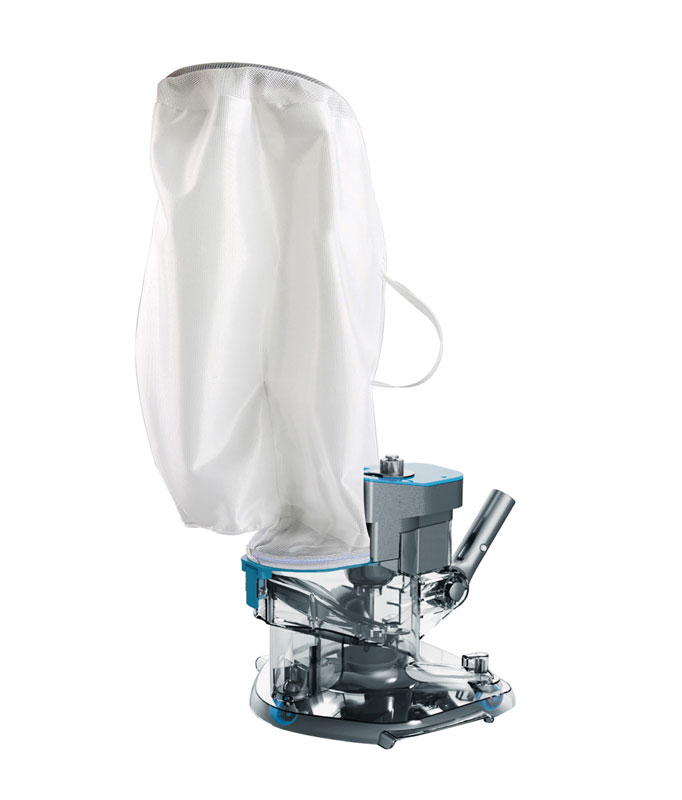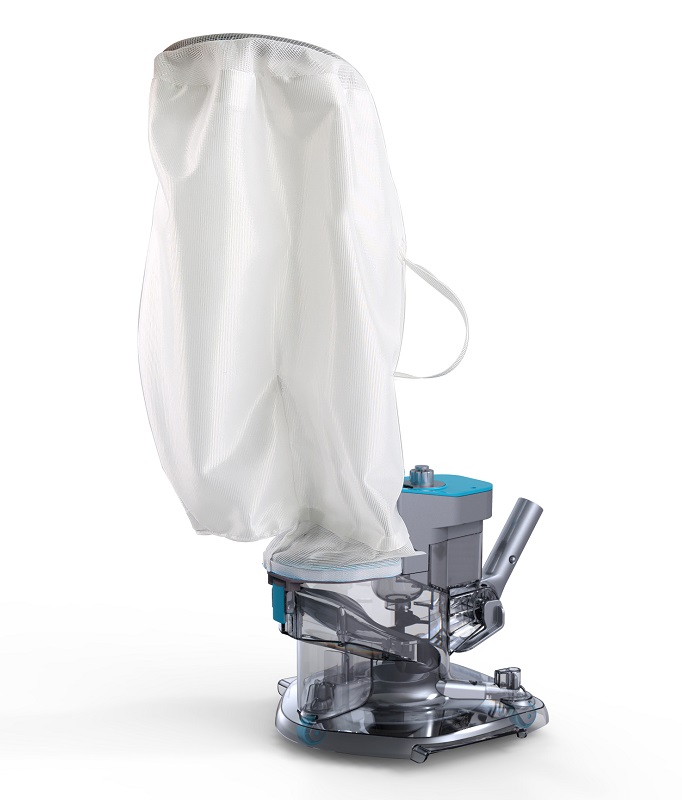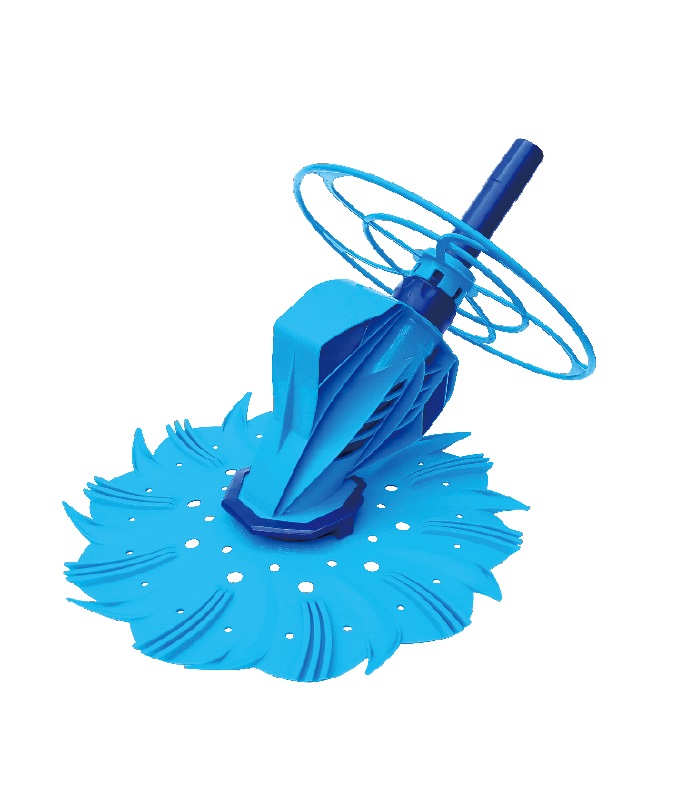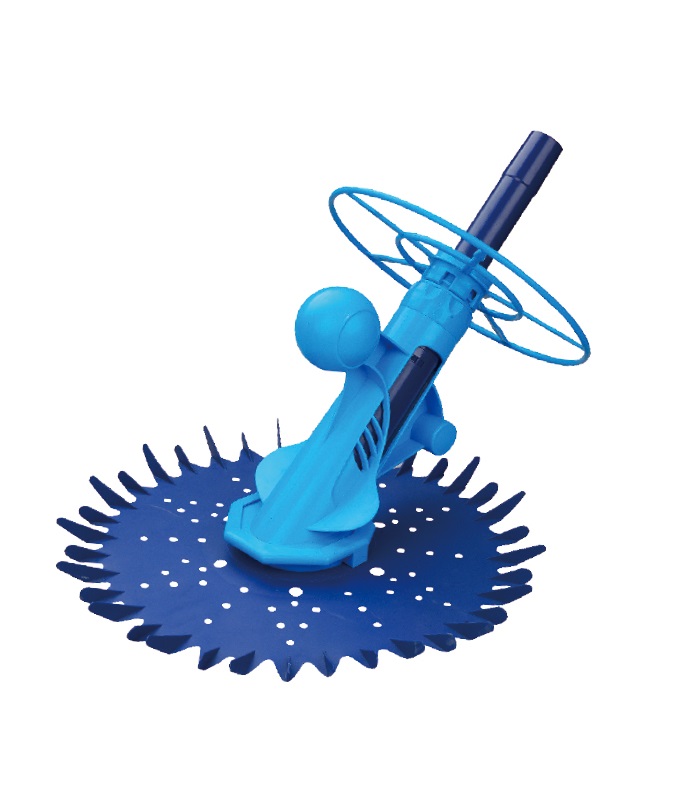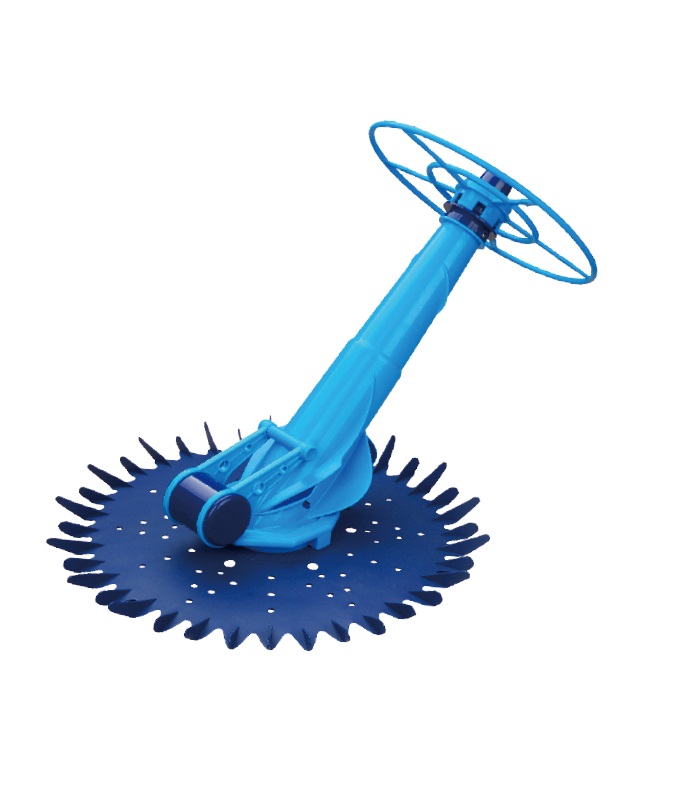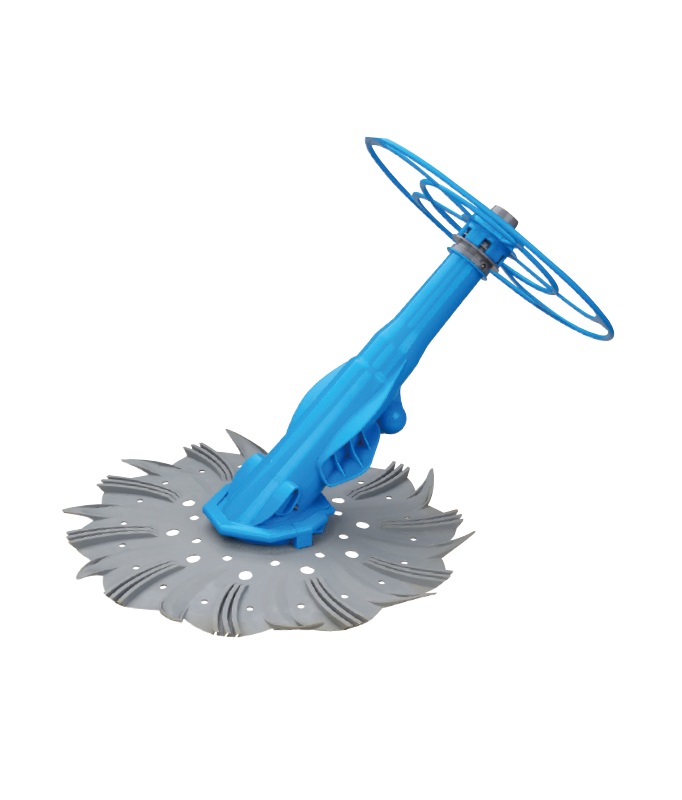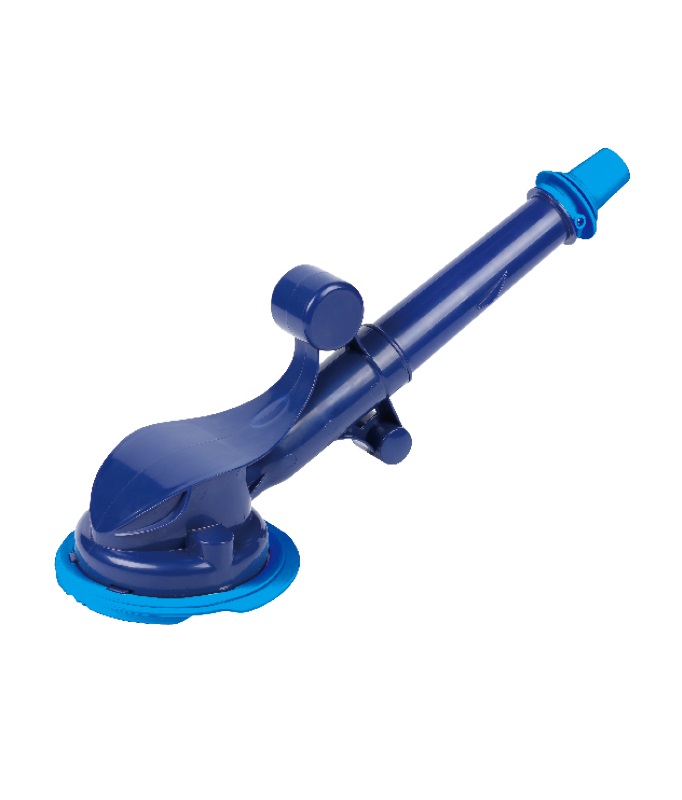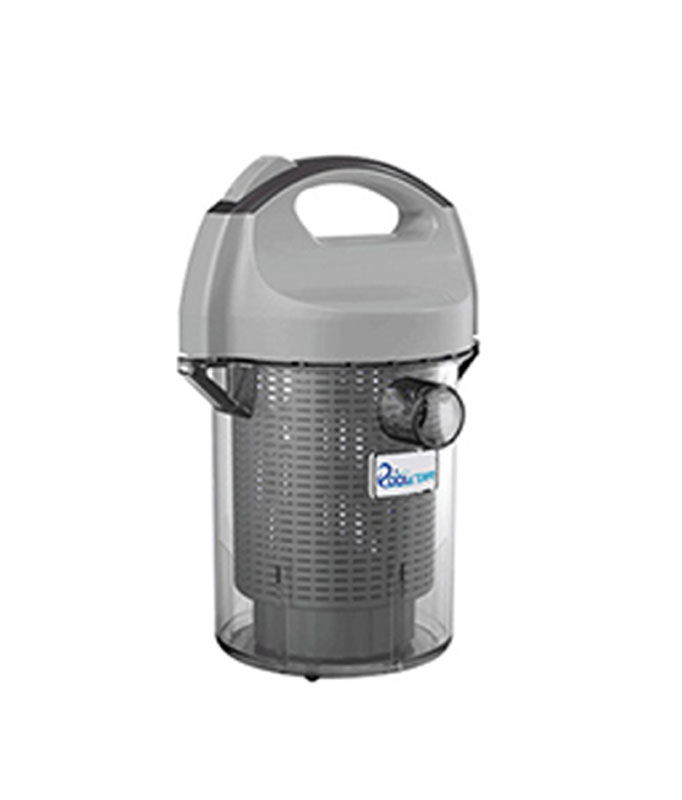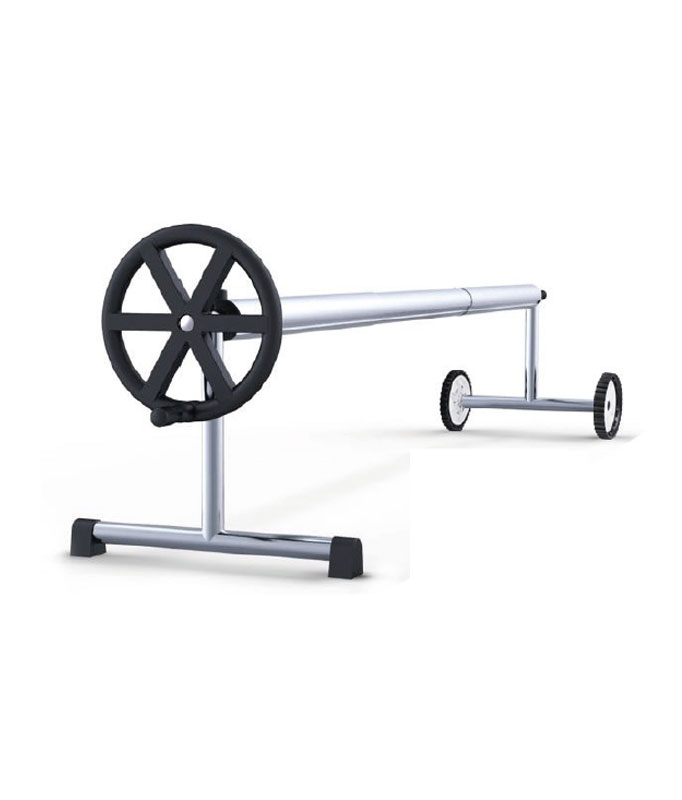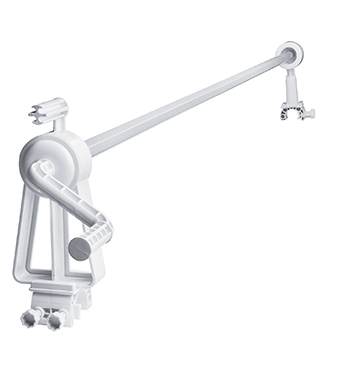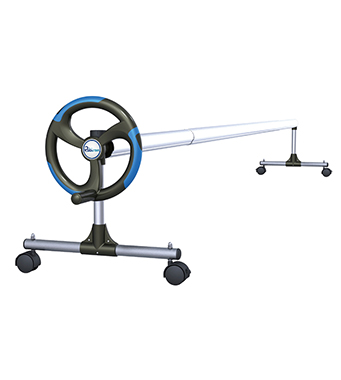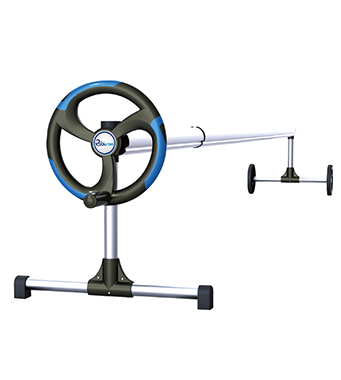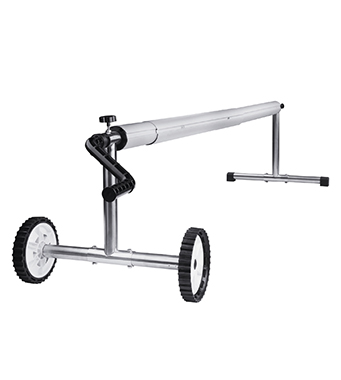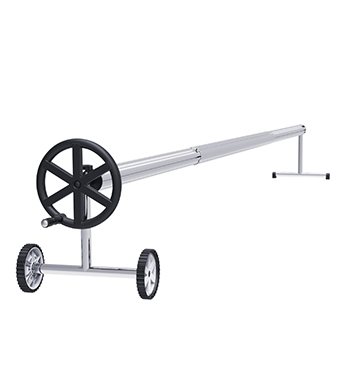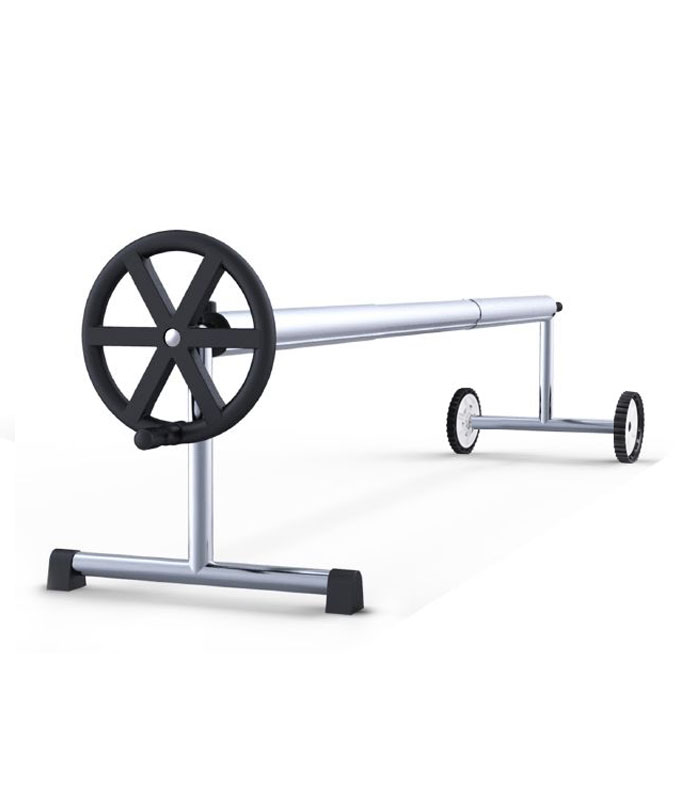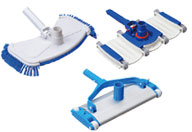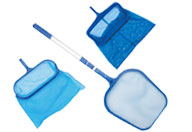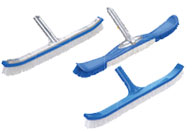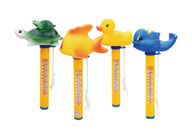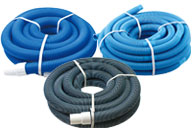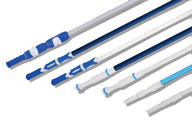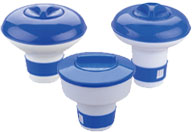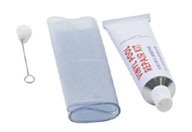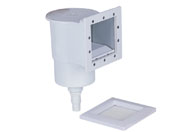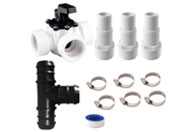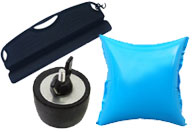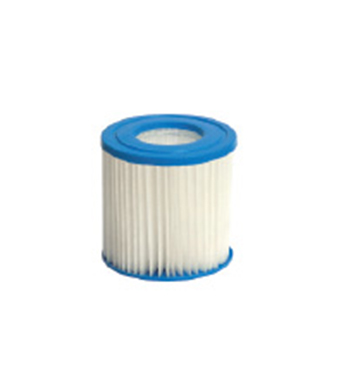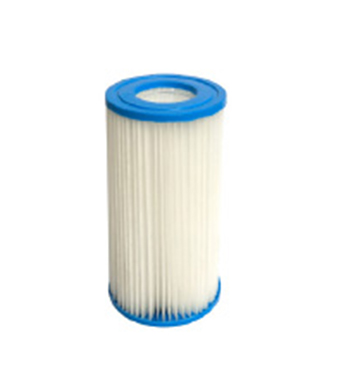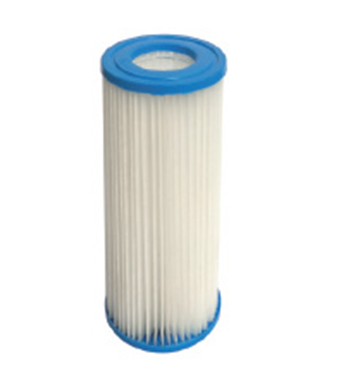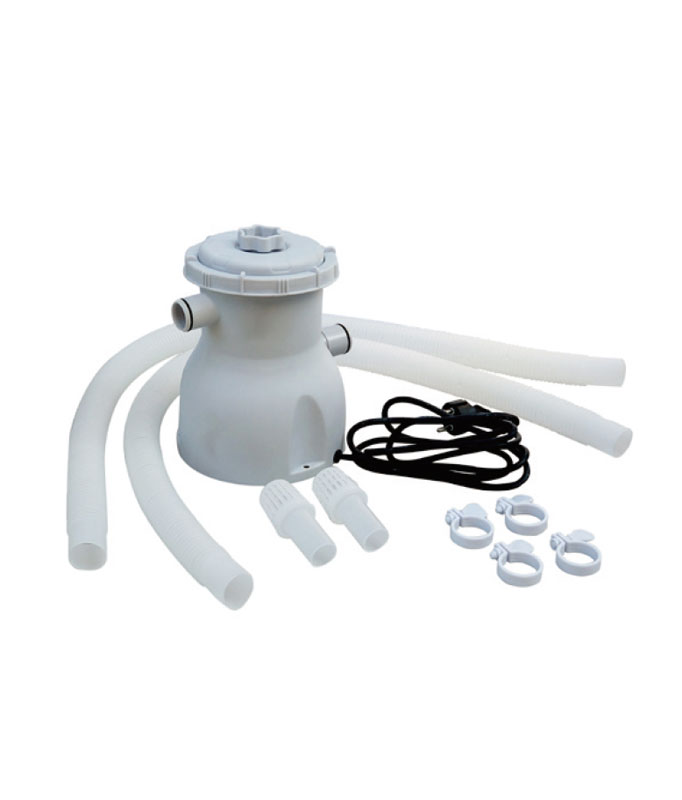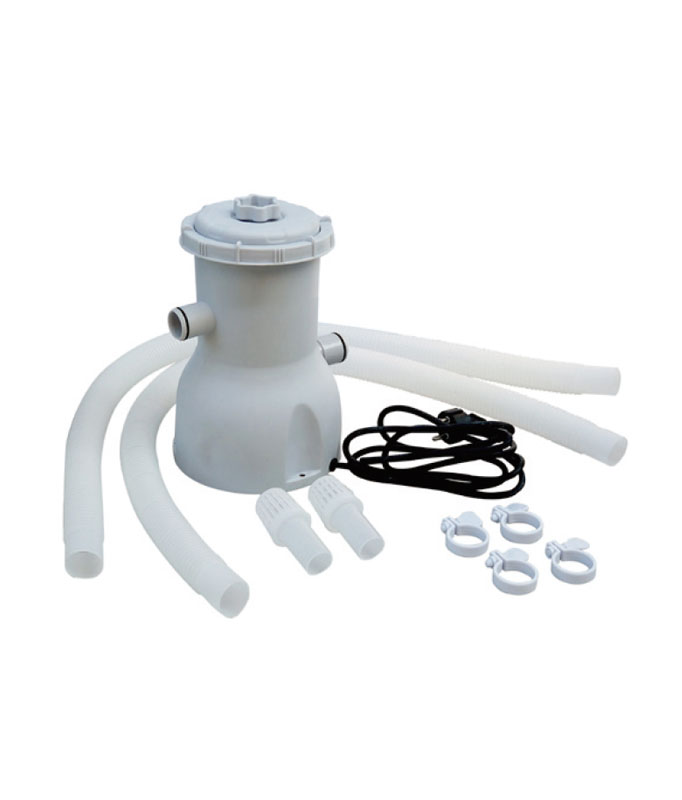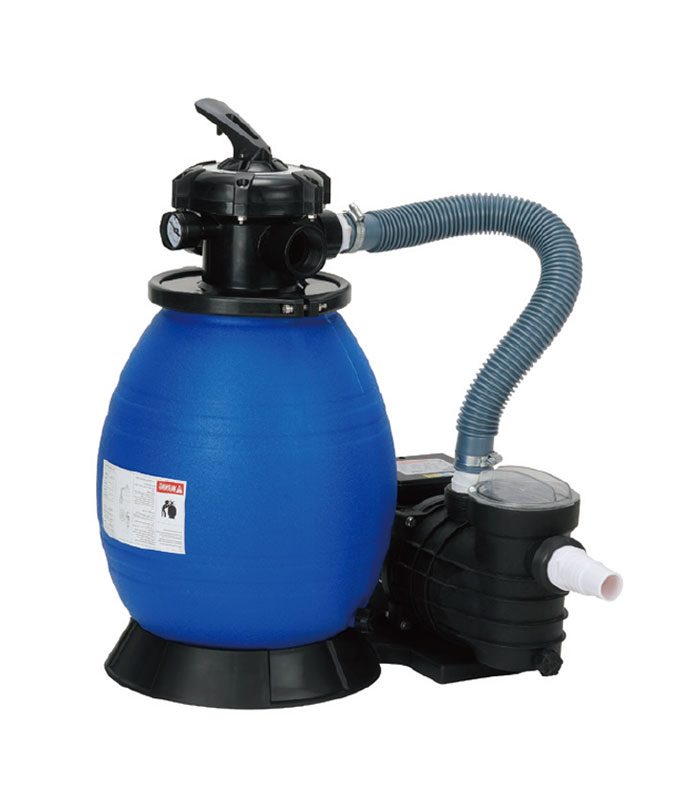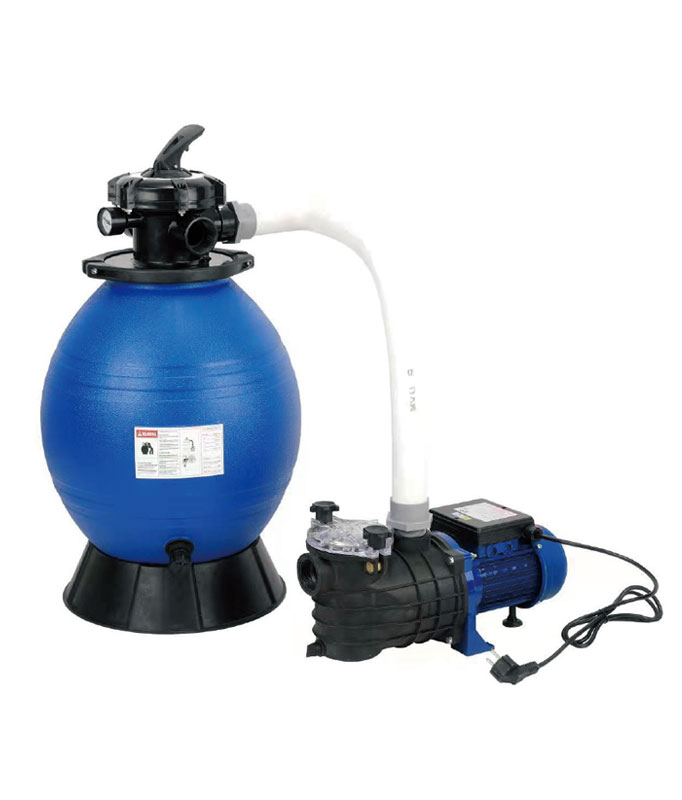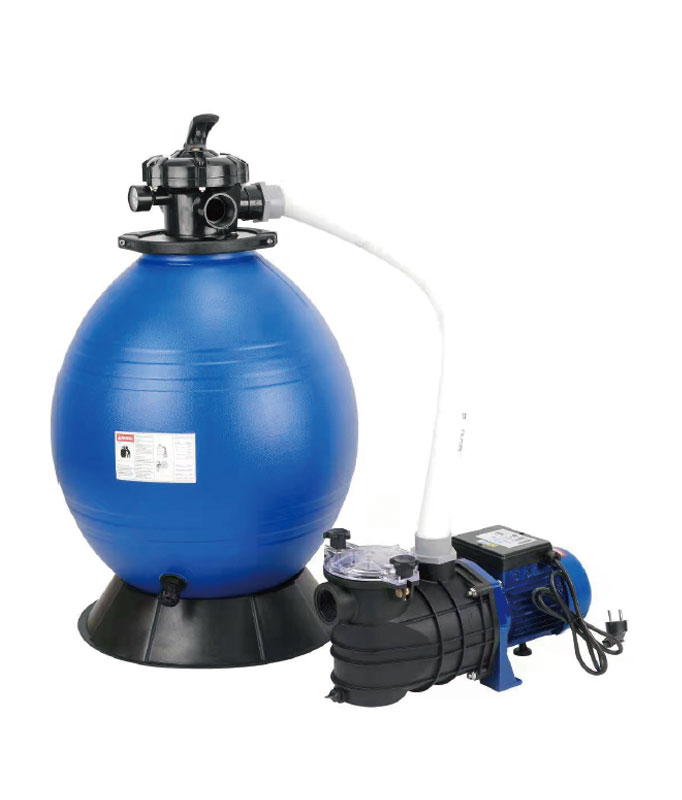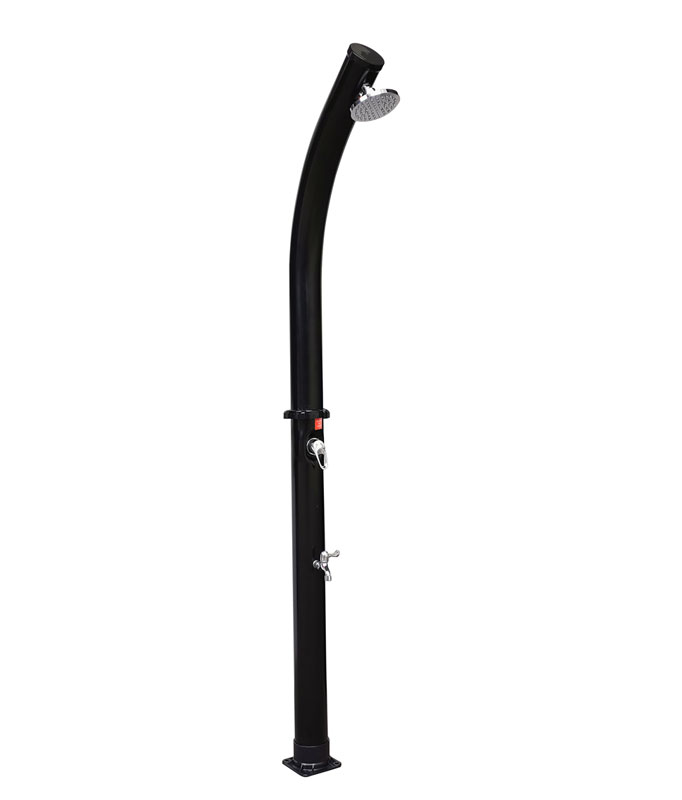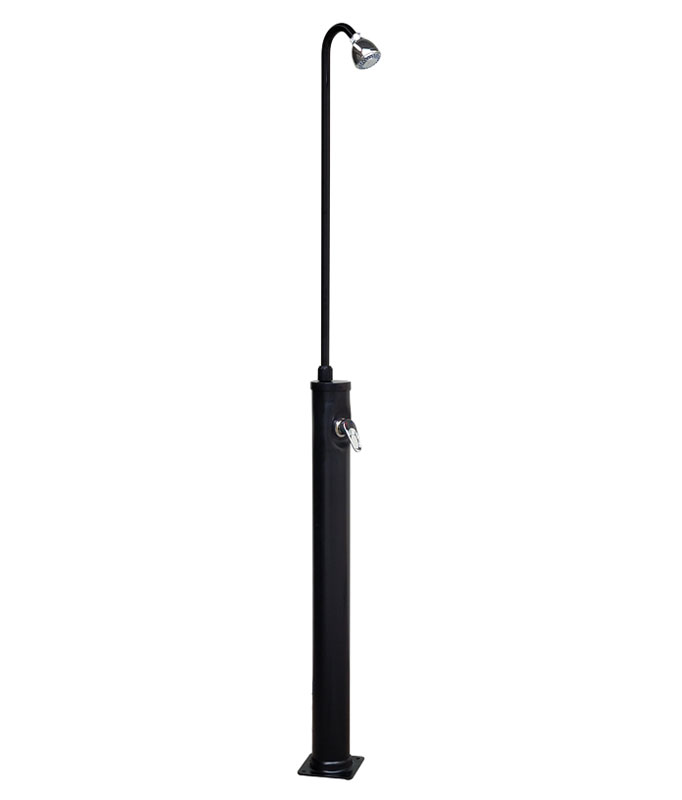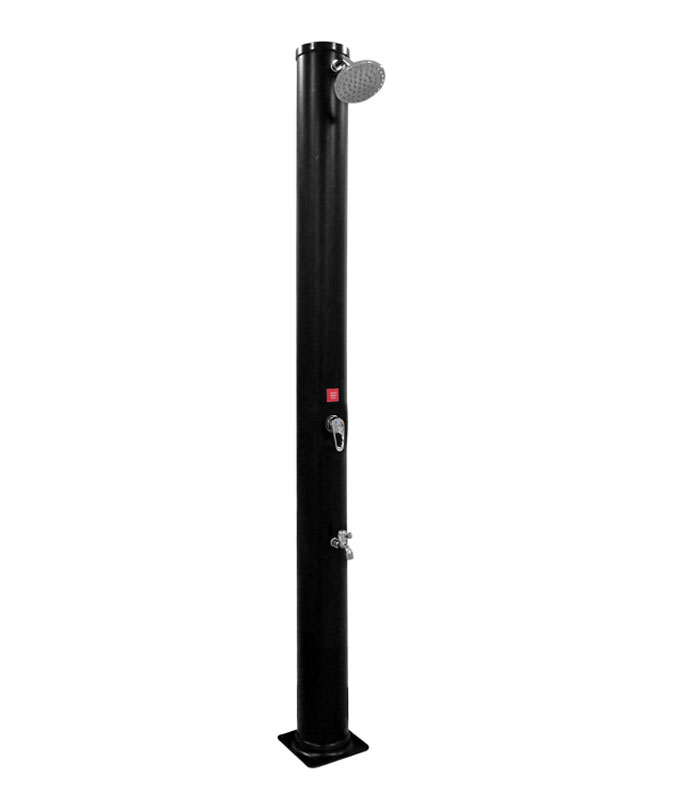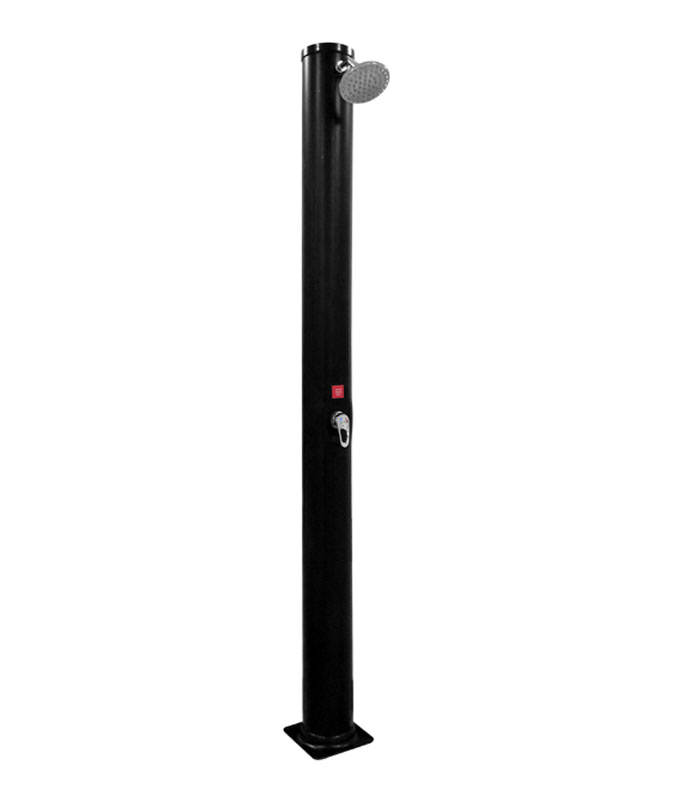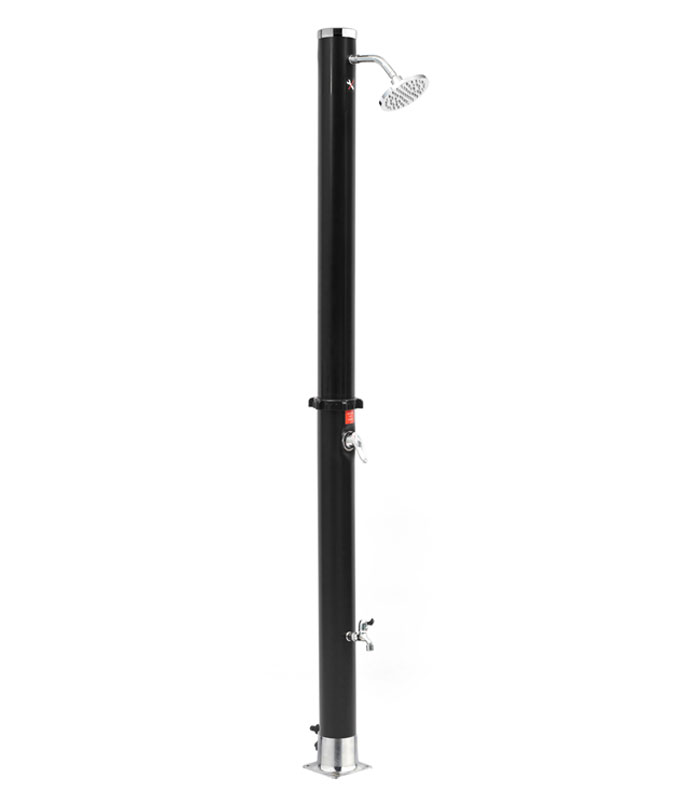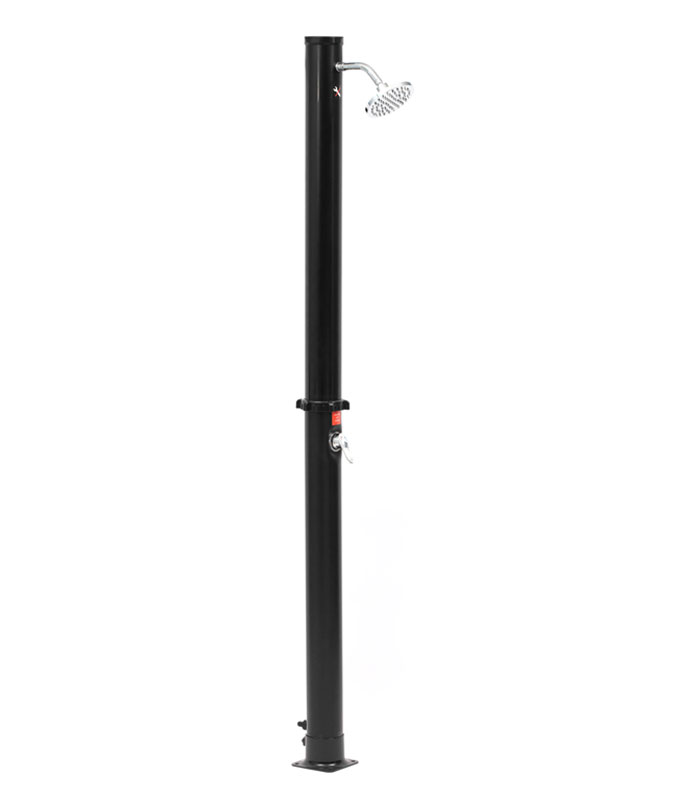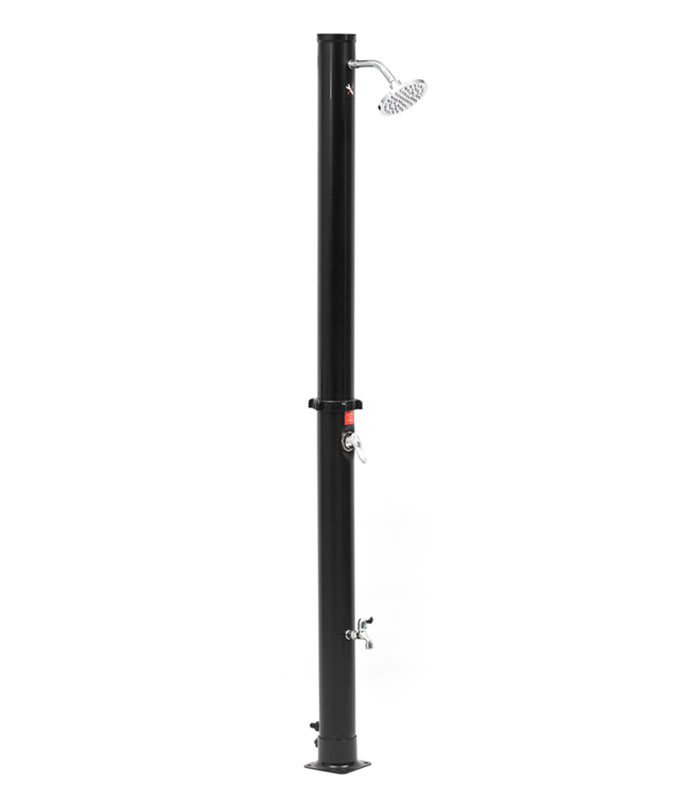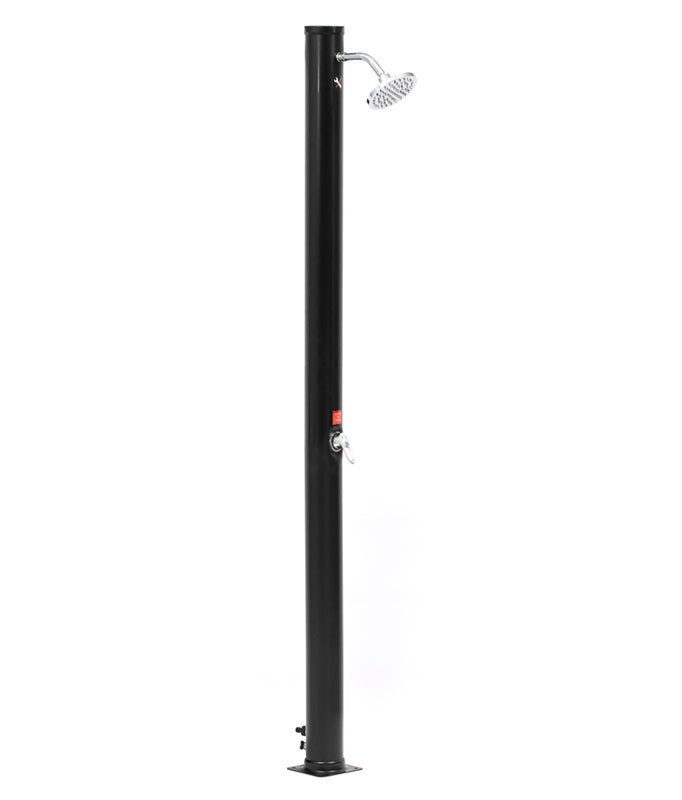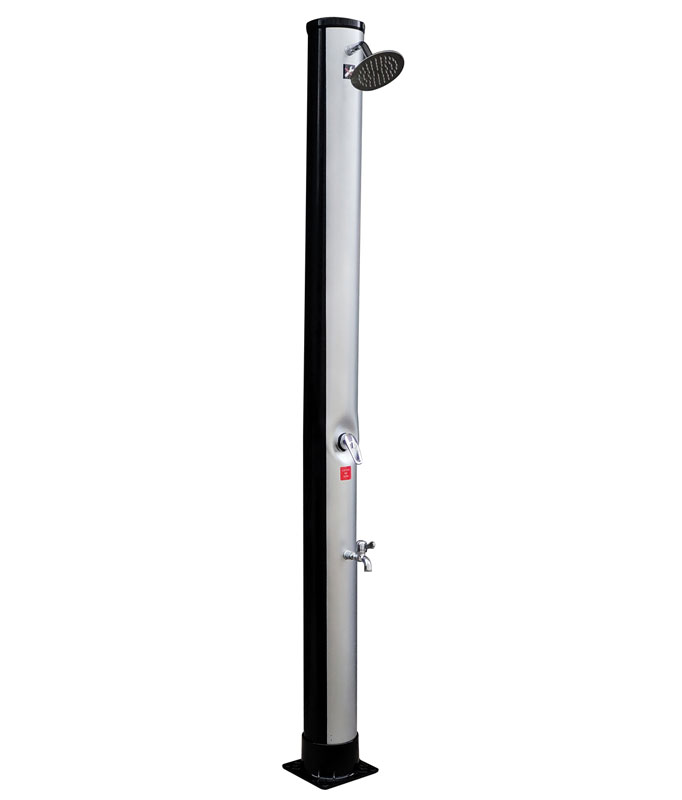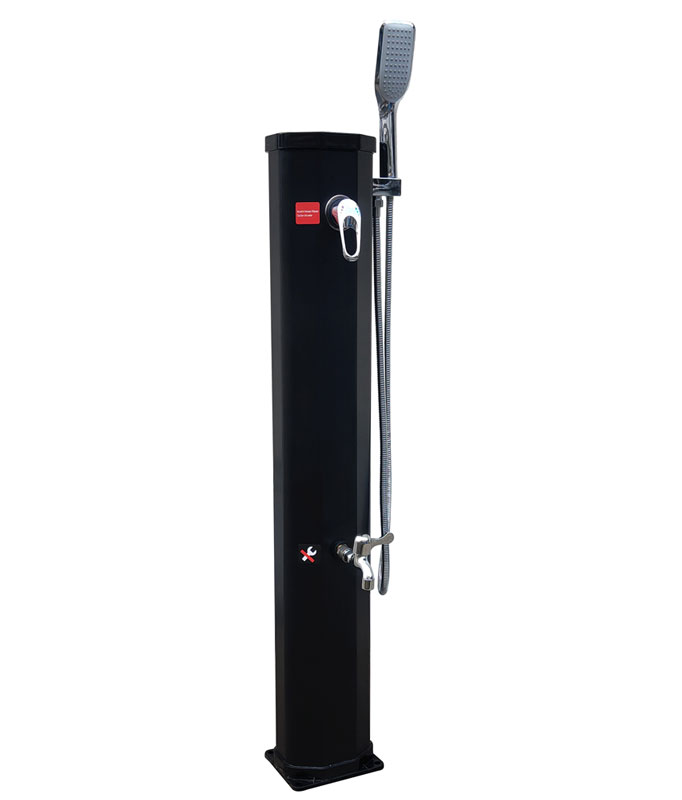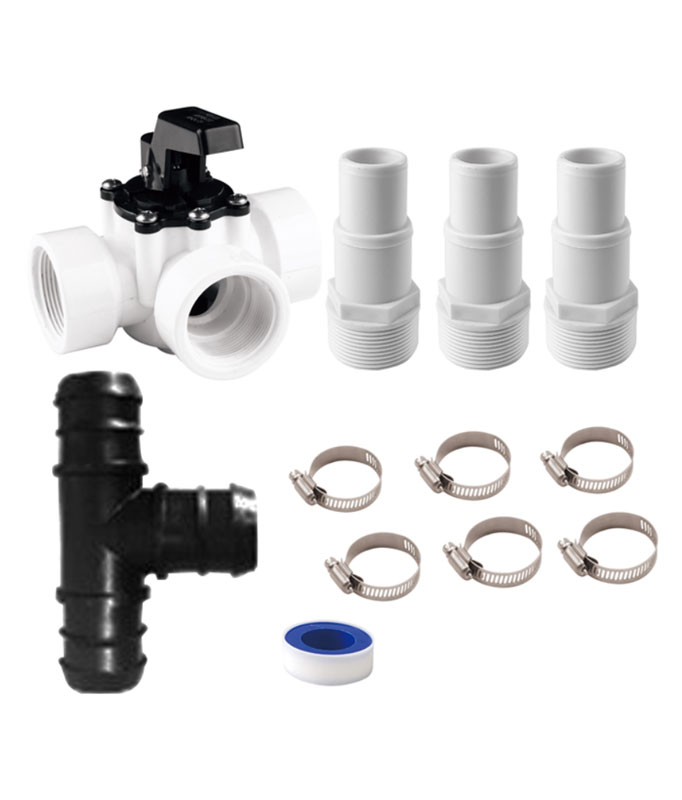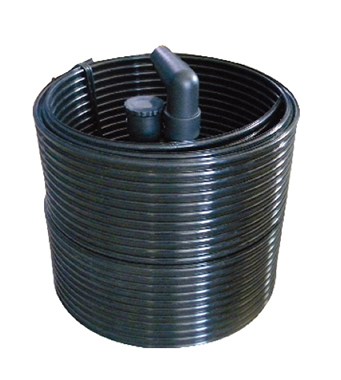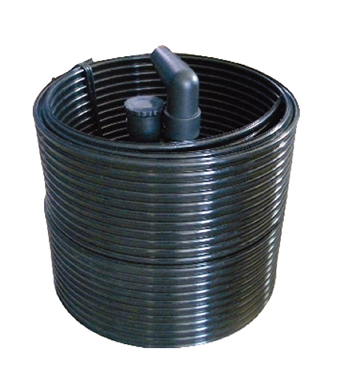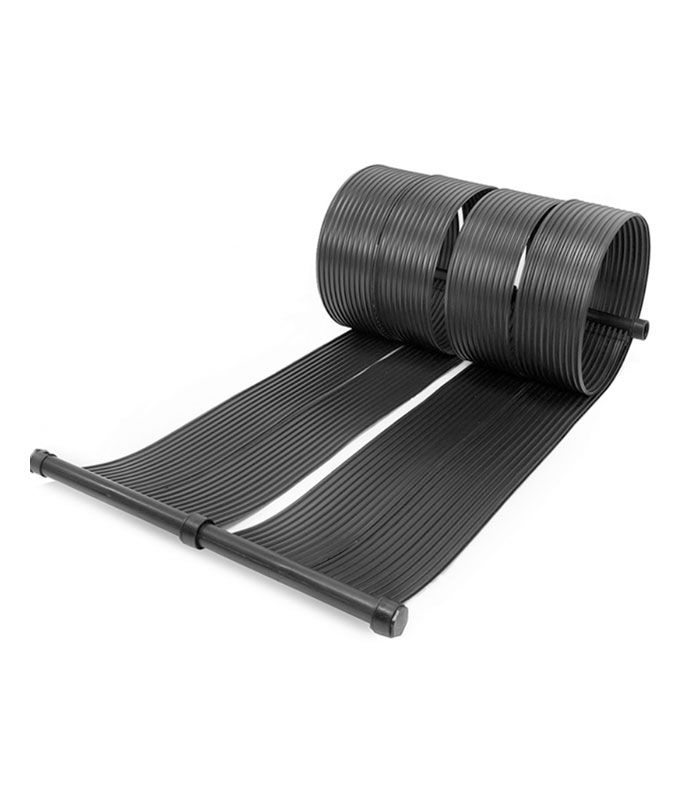Leaves can quickly clutter your yard, creating an untidy appearance and inviting problems like mold and pests. A daily cleanup routine helps you maintain a healthier and more attractive lawn. By implementing a strategy for Dealing with the leaf-falling season: Daily Cleaning Efficiency Improvement Plan, you can stay ahead of the mess. Explore tools like the AquaJack 311 cordless pool vacuum cleaner, which you can find at https://www.cnpoolstar.com/product/aquajack-311-cordless-pool-vacuum-cleaner-6.html, to simplify your cleanup tasks and keep your yard pristine.
Key Takeaways
- Daily leaf cleanup prevents clutter and keeps your yard healthy. Set aside time each day to manage leaves, especially during peak falling periods.
- Choose the right tools for your yard size. A rake and broom work for small yards, while larger spaces may need leaf blowers or mulching mowers.
- Break your cleanup into manageable sections. Focus on one area each day to avoid feeling overwhelmed and to maintain a tidy yard.
Tools and Supplies Needed
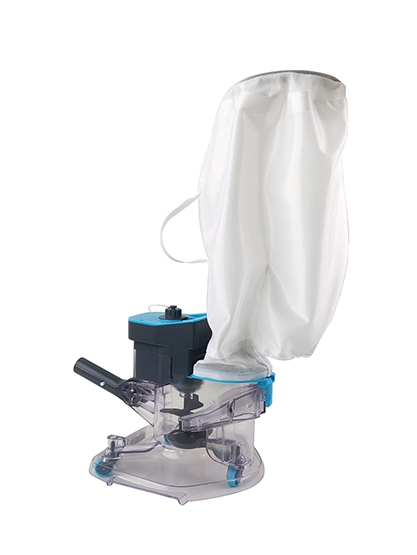
Essential tools for effective leaf cleanup
To keep your yard tidy, you need a few basic tools. A sturdy rake is one of the most important items. It helps you gather leaves into piles quickly. A leaf blower can also make the job faster, especially for larger areas. For collecting leaves, use a durable tarp or a large yard waste bag. A pair of gloves will protect your hands from dirt and sharp objects. If your yard has hard surfaces like driveways or patios, a broom can help sweep away leaves.
Tip: Choose a rake with flexible tines to avoid damaging your grass.
Optional tools for added convenience
Some tools can make leaf cleanup even easier. A mulching mower shreds leaves into tiny pieces, which you can leave on your lawn as natural fertilizer. A leaf vacuum is another handy option for sucking up leaves in tight spaces. If you want to avoid bending over, consider using a leaf grabber or a long-handled dustpan. For those with large yards, a wheeled leaf collector can save time and effort.
Note: Optional tools are great for reducing physical strain during cleanup.
Choosing tools based on yard size and features
Your yard’s size and layout determine the best tools for the job. For small yards, a rake and a broom might be all you need. Larger yards benefit from tools like leaf blowers or mulching mowers. If your yard has many trees or tight corners, a leaf vacuum or grabber can help you reach tricky spots. Always match your tools to your yard’s specific needs for the best results.
Reminder: Investing in the right tools saves time and makes cleanup more efficient.
Dealing with the Leaf-Falling Season: Daily Cleaning Efficiency Improvement Plan
Scheduling cleanup during peak leaf-falling periods
During the peak of the leaf-falling season, leaves can accumulate quickly, making daily cleanup essential. You should identify the times when trees in your yard shed the most leaves. This often happens in late fall, but it varies depending on the type of trees you have. Once you know the peak period, set aside a specific time each day for leaf cleanup. Early mornings or late afternoons work well because the weather is cooler, and the leaves are less likely to be wet.
Tip: Use a calendar or a reminder app to schedule your daily cleanup. Staying consistent will prevent leaves from piling up and becoming overwhelming.
Setting realistic daily goals for leaf removal
Tackling a yard full of leaves can feel daunting, but setting realistic goals makes the task manageable. Break your yard into sections and focus on one area each day. For example, you could clean the front yard on Mondays and the backyard on Tuesdays. If your yard is small, aim to clear all the leaves in one session. For larger yards, prioritize high-traffic areas or spots where leaves tend to pile up.
- Small yards: Spend 10-15 minutes daily to keep the space tidy.
- Medium yards: Dedicate 20-30 minutes to clear leaves from key areas.
- Large yards: Divide the yard into zones and clean one or two zones per day.
Reminder: Avoid overworking yourself. Consistent, small efforts are more effective than trying to do everything at once.
Adjusting your routine for weather and yard conditions
Weather plays a significant role in your leaf cleanup routine. Wet leaves are heavier and harder to manage, so it’s best to wait until they dry before cleaning. On windy days, focus on areas where leaves tend to collect, like fences or corners. If rain is in the forecast, try to clear as many leaves as possible beforehand to prevent soggy piles.
Your yard’s condition also matters. If you have uneven terrain or obstacles like rocks and shrubs, use tools like a leaf vacuum or grabber to reach tricky spots. For flat, open spaces, a leaf blower or rake works best. Adjust your tools and techniques based on what’s most efficient for your yard.
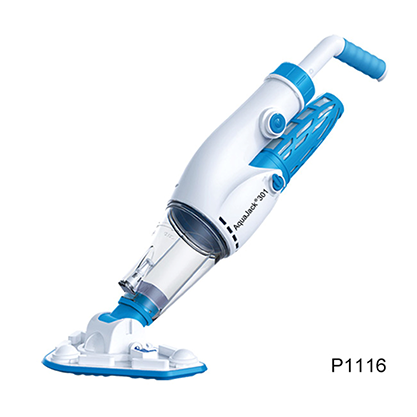
Pro Tip: Keep an eye on the weather forecast and plan your cleanup accordingly. A little preparation goes a long way in dealing with the leaf-falling season: Daily Cleaning Efficiency Improvement Plan.
Step-by-Step Cleanup Process
Preparing your yard and tools for cleanup
Preparation is the first step to an efficient leaf cleanup routine. Start by inspecting your yard for obstacles like rocks, branches, or toys that could get in the way. Clearing these items ensures a smoother process and prevents damage to your tools. Next, gather all the tools you’ll need, such as a rake, leaf blower, or tarp. Check that your tools are in good condition. For example, make sure the rake’s tines are intact and the leaf blower has enough fuel or charge.
Wear appropriate clothing to protect yourself. Gloves shield your hands from dirt and sharp objects, while sturdy shoes provide better grip on slippery surfaces. If you’re using noisy equipment like a leaf blower, consider wearing ear protection.
Tip: Keep your tools in a designated spot so you can grab them quickly each day. This saves time and helps you stick to your routine.
Efficient techniques for gathering and removing leaves
When it’s time to gather leaves, use techniques that save time and energy. Start by working in one direction to avoid scattering leaves you’ve already collected. Rake or blow leaves into small piles instead of one large pile. Smaller piles are easier to manage and less likely to blow away if the wind picks up.
For larger yards, divide the space into sections and tackle one section at a time. Use a tarp to transport leaves from one area to another. Simply rake the leaves onto the tarp, then drag it to your disposal site. If you’re using a leaf blower, adjust the settings to match the size of the area you’re cleaning. Lower settings work well for tight spaces, while higher settings are ideal for open areas.
Pro Tip: Use a zigzag pattern when raking or blowing leaves. This method covers more ground and reduces the chance of missing spots.
Proper disposal or repurposing of collected leaves
Once you’ve gathered the leaves, decide how to dispose of or repurpose them. Many communities offer yard waste collection services. Check your local guidelines to see if you need to bag the leaves or leave them at the curb. If you prefer an eco-friendly option, consider composting. Leaves break down into nutrient-rich material that you can use in your garden.
Another way to repurpose leaves is by mulching. Use a mulching mower to shred the leaves into small pieces, then spread them over your lawn or garden beds. This provides natural fertilizer and helps retain soil moisture. If you have too many leaves to compost or mulch, look for local drop-off sites that accept yard waste.
Reminder: Avoid burning leaves, as this can release harmful pollutants into the air. Always choose safe and sustainable disposal methods.
Tips for Efficiency and Sustainability
Using mulching mowers and leaf blowers to save time
Mulching mowers and leaf blowers can significantly reduce the time you spend on leaf cleanup. A mulching mower shreds leaves into tiny pieces, which you can leave on your lawn as a natural fertilizer. This eliminates the need for bagging or transporting leaves. Leaf blowers, on the other hand, are perfect for quickly gathering leaves into piles. They work well in both open spaces and tight corners.
When using a leaf blower, adjust the power settings based on the area you’re cleaning. Lower settings are ideal for patios or flower beds, while higher settings work best for large, open yards. Always follow the manufacturer’s instructions to ensure safe and efficient use of these tools.
Tip: Use a mulching mower during your regular mowing routine to save even more time.
Eco-friendly ways to recycle or reuse leaves
Leaves don’t have to go to waste. Composting is one of the best ways to recycle them. Add shredded leaves to your compost bin to create nutrient-rich material for your garden. You can also use leaves as mulch by spreading them around trees and shrubs. This helps retain soil moisture and suppress weeds.
If you have too many leaves, consider donating them to local farms or community gardens. Many places accept leaves for composting or other eco-friendly purposes.
Pro Tip: Shred leaves before composting or mulching to speed up decomposition.
Preventing excessive leaf buildup with proactive strategies
Preventing leaf buildup makes daily cleanup easier. Start by trimming overhanging branches to reduce the number of leaves falling into your yard. Installing a leaf net over garden beds or ponds can also help. Regularly raking or blowing leaves from high-traffic areas prevents them from piling up.
Another strategy is to clean your yard before a storm or windy day. This minimizes the risk of leaves scattering and creating a bigger mess. Staying consistent with your routine is key to managing leaves effectively.
Reminder: A proactive approach saves time and keeps your yard looking tidy throughout the season.
Common Mistakes to Avoid
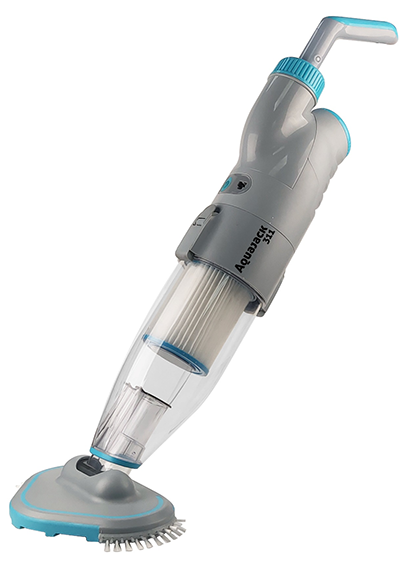
Neglecting hard-to-reach areas of the yard
You might focus on open spaces and forget about corners, under shrubs, or behind fences. These areas often collect the most leaves, creating hidden piles that can attract pests or cause mold. Ignoring these spots can lead to long-term problems for your yard. Use tools like a leaf grabber or a small rake to reach these tricky areas.
Tip: Check under decks, around tree bases, and near garden beds during your daily cleanup. These spots are easy to overlook but crucial for maintaining a tidy yard.
Using inappropriate tools or methods
Using the wrong tools can make leaf cleanup harder than it needs to be. For example, a stiff rake might damage your grass, while a weak leaf blower may not handle large piles effectively. Choosing tools that don’t match your yard’s size or features can waste time and energy.
- What to do instead:
- Use a flexible rake for grass and a sturdy one for gravel or hard surfaces.
- Select a leaf blower with adjustable power settings for different areas.
- For small yards, stick to simple tools like a rake and broom.
Reminder: The right tools make the job faster and easier, so invest in quality equipment suited to your yard.
Skipping days and allowing leaves to accumulate
Skipping even one day of cleanup can lead to overwhelming piles of leaves. Accumulated leaves can smother your grass, create slippery surfaces, and attract pests. A consistent daily routine prevents these issues and keeps your yard manageable.
Pro Tip: Spend just 10–15 minutes each day on leaf cleanup. Small, regular efforts are more effective than tackling a massive pile at the end of the week.
Daily leaf cleanup keeps your yard tidy and healthy. Following this guide helps you save time and effort while maintaining a beautiful outdoor space.
Tip: Start small and stay consistent. A few minutes each day makes a big difference. Enjoy the rewards of a cleaner, more attractive yard!
FAQ
How often should you clean up leaves during the fall season?
Daily cleanup is ideal during peak leaf-falling periods. This prevents excessive buildup, reduces effort, and keeps your yard tidy and healthy.
Tip: Consistency is key to avoiding overwhelming piles.
Can you leave shredded leaves on your lawn?
Yes, shredded leaves act as natural fertilizer. Use a mulching mower to break them down into small pieces, which decompose and enrich your soil.
Pro Tip: Avoid leaving thick layers to prevent smothering grass.
What is the best way to handle wet leaves?
Wet leaves are heavier and harder to manage. Wait for them to dry before cleanup. If necessary, use a sturdy rake or a leaf blower with high power.
Reminder: Wet leaves can create slippery surfaces, so clear walkways promptly.

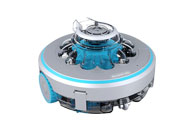 Robotic Pool Cleaner
Robotic Pool Cleaner 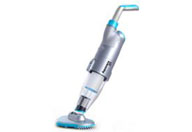 Portable Pool Vacuum Cleaner
Portable Pool Vacuum Cleaner 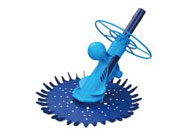 Automatic Pool Cleaner
Automatic Pool Cleaner 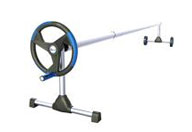 Pool Cover Reel
Pool Cover Reel 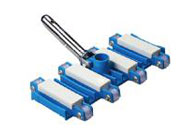 Pool Cleaning Accessories
Pool Cleaning Accessories 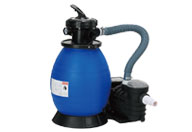 Pool Filter Pump
Pool Filter Pump 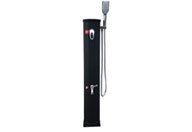 Pool Solar Shower
Pool Solar Shower 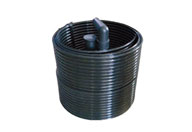 Pool Solar Collector
Pool Solar Collector 